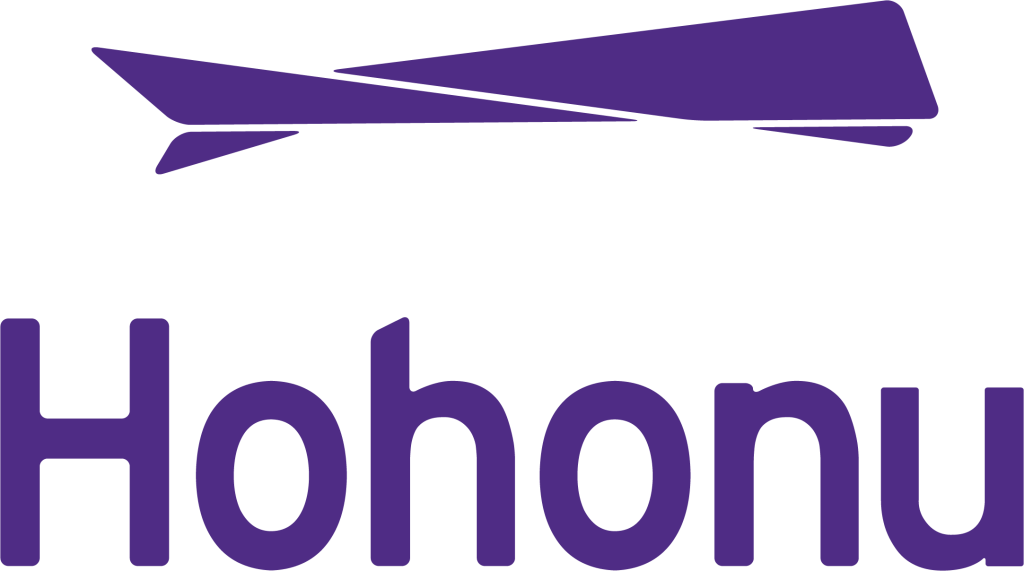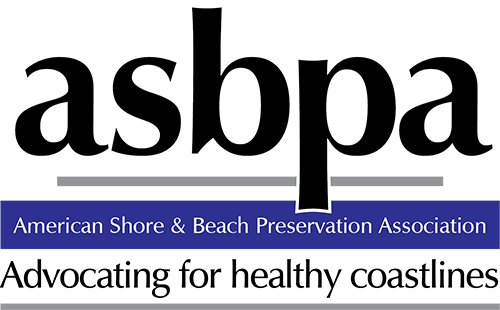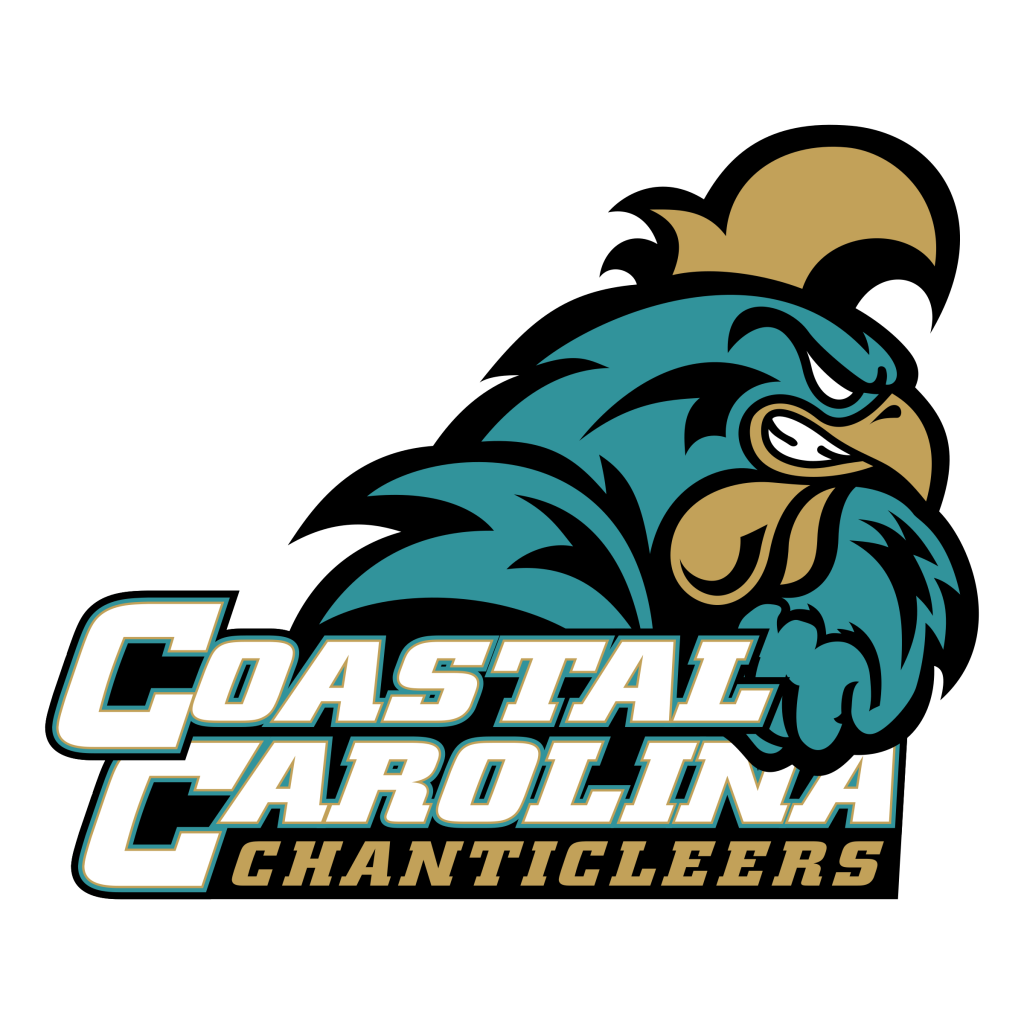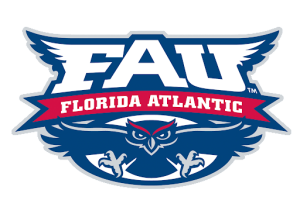Coastal communities throughout the southeast U.S. face threats from high tide flooding, storm surge, and sea-level rise. Flooding can impact daily commutes, emergency planning efforts during tropical storms and hurricanes, and strains public works infrastructure. The Southeast Coastal Ocean Observing Regional Association (SECOORA) is investing in water level infrastructure for coastal communities that are facing these flood threats. A new regional water level network will provide localized flooding alerts and support longer-term sea-level rise monitoring in North Carolina, South Carolina, Georgia, and Florida.




Images from left to right: a water level sensor in North Carolina (left), Dr. Nicole Elko, ASBPA (middle-left), Darold Shaefer, Colington Creek Inn (middle-right), and Dr. Mike Muglia installing a water level sensor (right). Image Credit: Dr. Mike Muglia
The SECOORA team includes the American Shore and Beach Preservation Association (ASBPA), Hohonu, Coastal Carolina University, Florida Atlantic University, Georgia Tech, and Florida International University. Each team will install and operate low-cost water level sensors in coordination with municipalities across the four-state region. Over 200 sensors will be deployed during the five-year project timeframe and a mobile-friendly app will be developed that will allow anyone to view water level alerts based on their location.
“Community demand for local water-level data has exceeded expectations.” says Nicole Elko, ASBPA, “Managers have elected to install sensors on their estuarine shorelines, where chronic and episodic flooding is most severe.”
Dr. Nicole Elko, Science Director for the American Shore and Beach Preservation Association (ASBPA)
This project will provide real-time high-resolution and high-frequency flood data that coastal communities can use to plan for and respond to flood emergencies, and design resilience and adaptation strategies for the long-term effects of sea-level rise and the projected increase in flooding.
“These real-time, hyper-local data streams are extremely valuable for emergency planning and response, in the short term” says Kim Cobb, Climate Scientist and Professor at Georgia Tech. “And in the long term, these data can be combined with models of future sea level rise to get better estimates of local flood risk and aid resilience planning.”
Dr. Kim Cobb, Georgia Power Chair and ADVANCE Professor at Georgia Tech
This Southeast Water Level Initiative was formed in July 2021. To implement this initiative, SECOORA has teamed up with partners from Coastal Carolina University, Florida Atlantic University, Florida International University, The American Shore and Preservation Association, Georgia Tech University, and Hohonu. As the water level sensors are installed, data will become available online, and ultimately data will be accessible on SECOORA’s website. This data will be open-source, free, and publicly available for download.
Thank you to our Water Level Initiative Partners:
Related news

Now Hiring: Director of Communications and External Affairs
SECOORA is seeking to fill the full-time role of Director of Communications and External Affairs. This role will serve as the organization’s strategic lead for engagement, communication, and external relations.
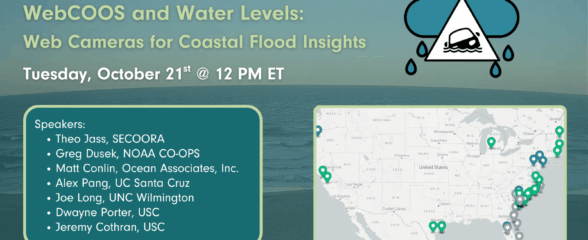
SECOORA Webinar | WebCOOS and Water Levels: Web Cameras for Coastal Flood Insights
On October 21st at 12 PM ET, SECOORA is hosting a webinar with investigators from the Webcam Coastal Observation System (WebCOOS) project team and the WebCOOS Project Manager. Web cameras are a low-cost technology that can be used to document flooding impacts to coastal communities. Register here.

SECOORA Funding Opportunity Announcement: Letters of Intent Solicitation
SECOORA will submit a coordinated regional proposal in response to the anticipated FY 2026 Implementation of the U.S. Integrated Ocean Observing System (IOOS) funding opportunity. Letters of Intent to be considered for inclusion in SECOORA’s full proposal are due September 9, 2025.

